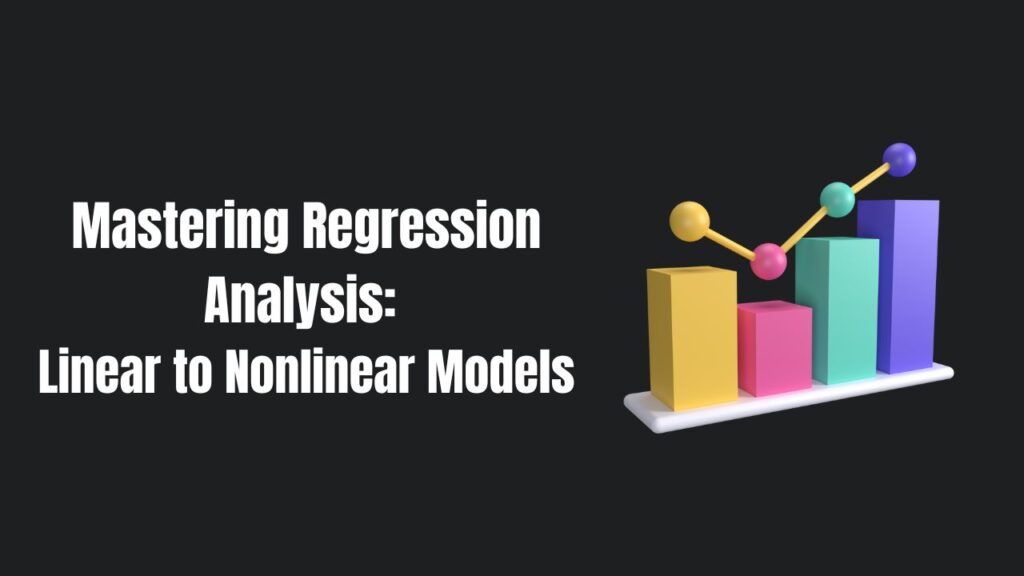Mastering Regression Analysis: From Linear to Nonlinear Models
Introduction: Regression analysis is a fundamental statistical technique used in various fields, from economics to machine learning, for modelling and predicting relationships between variables. In this article, we’ll explore the diverse world of regression analysis, covering linear regression models, nonlinear regression, polynomial models, multiple regression analysis, and the art of predictive modelling using regression. Linear […]
Mastering Regression Analysis: From Linear to Nonlinear Models Read More »






